Growing up in Midwood, Brooklyn, in the 1960s, Hazel Hankin led a sheltered life until she started going into Manhattan as a teenager. “The wider world of New York City opened up to me. It was gritty and a little scary, but also a place of energy, excitement and possibilities. It was a time of great social and political ferment,” Hazel says, rattling off an impressive list of liberation movements, anti-imperialist activism and radical feminist consciousness-raising groups that transformed her worldview.
As the Black Panther Party and the Young Lords fought for human rights, Hazel was keenly aware that the importance of justice extended to something as basic as housing. “New York was affordable,” she remembers. “You could live on a modest income, and there were jobs to be had if and when you needed one. If you were an artist, an activist, or just a young person trying things out, you could get an apartment, make a little money, and do just that.”
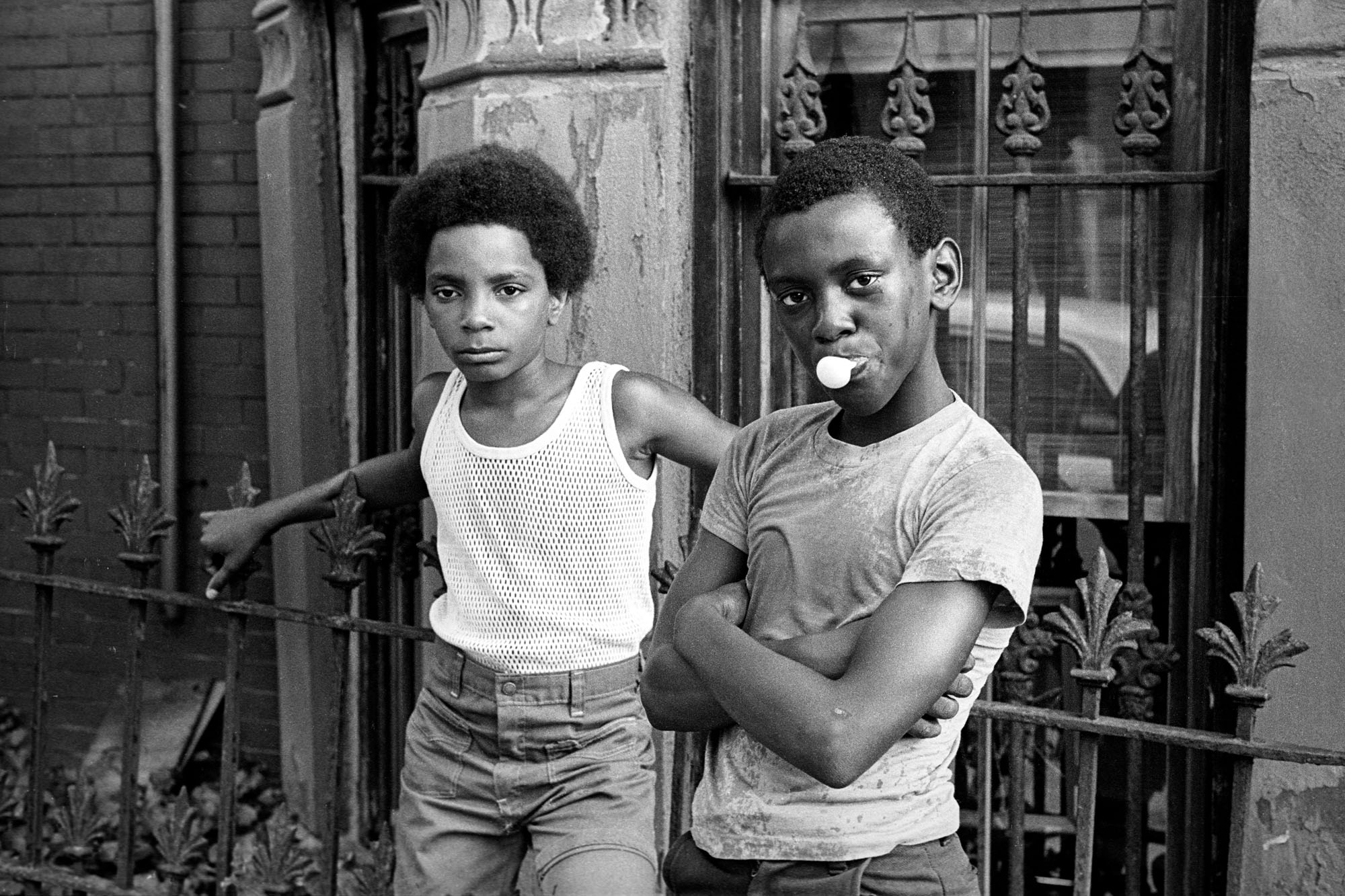
After graduating high school at age 16, Hazel enrolled at university the Pratt Institute in NYC but had to drop out after problems at home caused undue stress. “I rented an apartment with my friend Michele — who tells people now that we ran away from home together at 18,” Hazel says with a laugh, looking back fondly on her years living near the Flatbush entrance to Prospect Park.
Determined to continue her studies, Hazel got an office job working days and enrolled in Brooklyn College, where she studied painting and photography, taking courses at night. At that time, the contemporary art world excluded photography from its ranks, a practice that would continue for the next two decades. Largely unprofessionalised, photography drew artists like Hazel, who gravitated to the fluidity of form and could move seamlessly between portrait, documentary, photojournalism, and street photography over the course of a single afternoon.
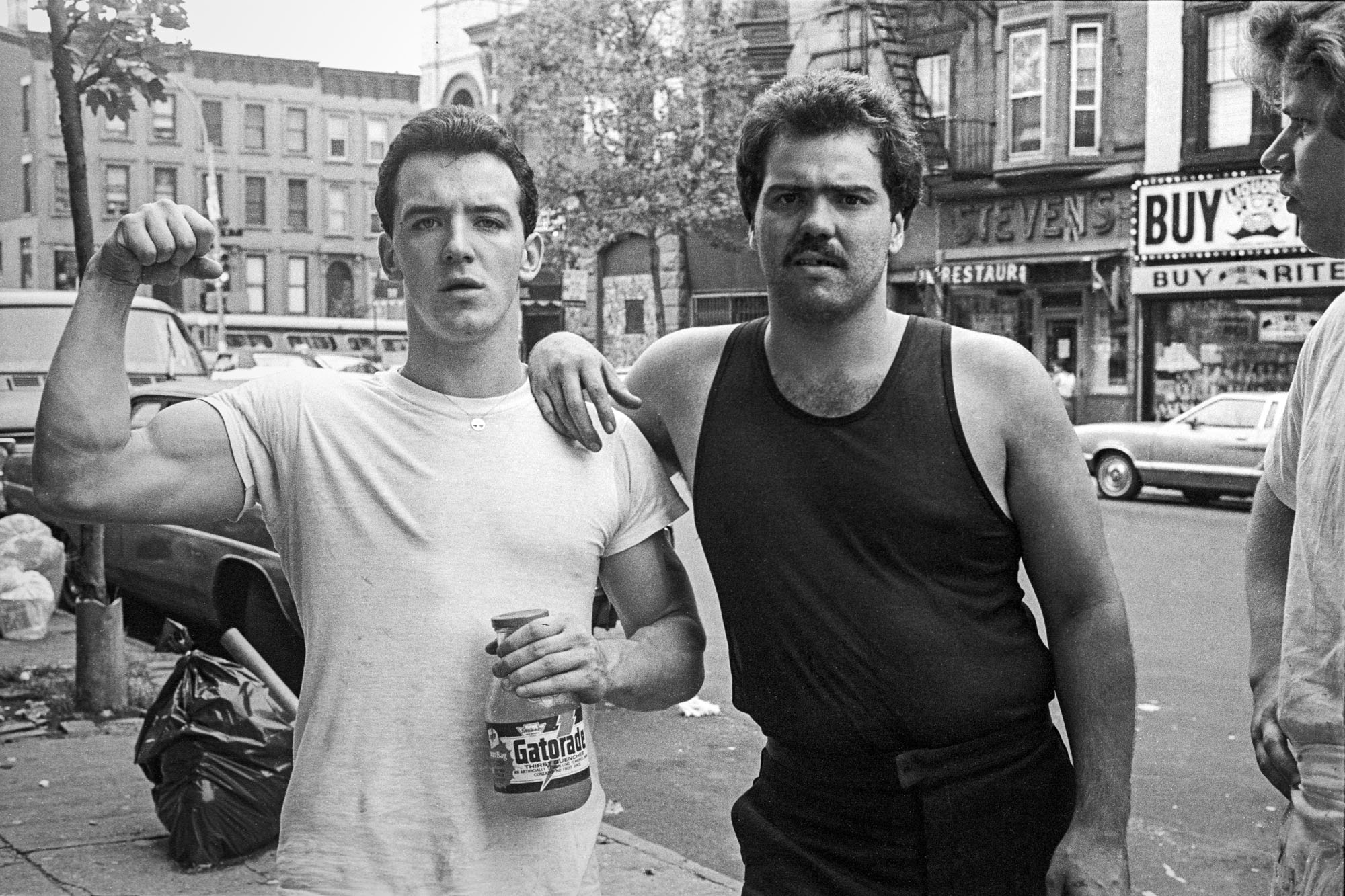
Hazel married at 20, but when she and her husband decided to divorce, she found herself without a studio — giving her no choice but to make another major change in her life, switching her major mid-course from painting to photography. Studying under New York Photo League members Walter Rosenblum and Bernard Cole (a cooperative of photographers who joined together to shed light on social justice issues), Hazel found liberation in the fact that she could simply step into the world in order to make art. “I started going out with a camera,” she says. “New York was the perfect place to take photographs, but I never thought of myself as a street photographer.” Her regular haunts became Park Slope, Prospect Park, and the Lower East Side — places she visited throughout the course of her day.
Hazel completed her studies in 1976 — the same year she got her first big break as a photojournalist. Through her activist connections, Hazel met George Cohen, staff photographer and photo editor for The Guardian (a left-wing newspaper based in New York not to be confused with the British paper of the same name) who tapped her to fill in whenever he couldn’t cover an event. That year, Hazel got an assignment to cover the Hard Times Conference, a week-long gathering of radical groups organised by Prairie Fire and the Weather Underground in Chicago.
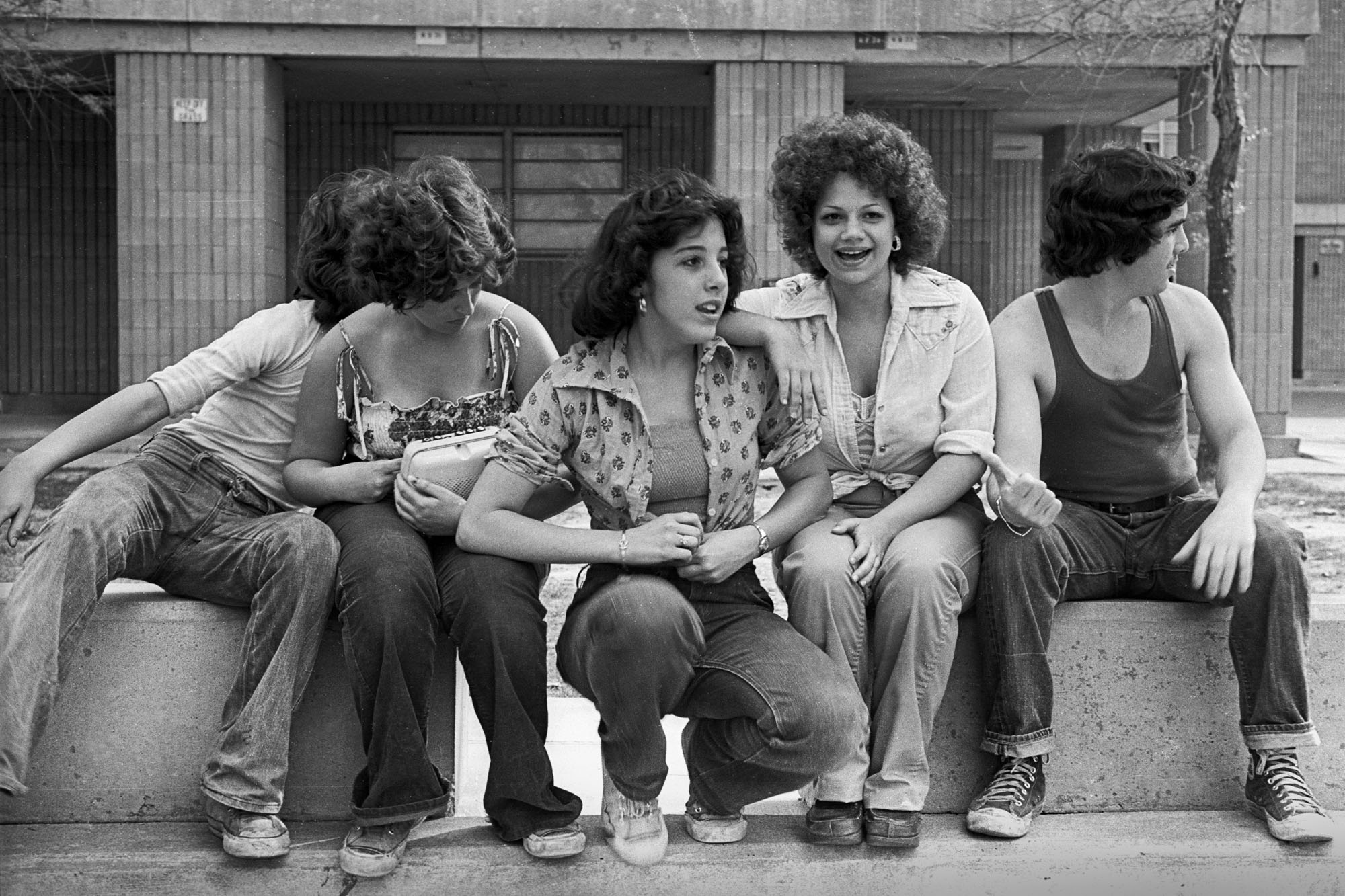
As fate would have it, The New York Times and Village Voice licensed her photographs to run with their coverage, and Hazel’s career took off. “I realised that maybe I could work as a professional photographer,” she says. “I threw myself into the effort.” At the same time, she continued documenting life on the streets of New York — though much of it went buried in her archive until now.
“These scenes and these people were simply part of daily life in New York,” Hazel says of these never-before-published images. “In many ways, I took them for granted. But with the passage of time, the photographs I made take on new meanings and resonate in a different way. They become part of history. Photographs can make us recognise that although the world undergoes changes, human beings — who we are, what we need and what we care about — remain the same. I look at the people in my photos now and wonder where their lives ended up taking them.”
Hazel Hankin’s work was included in the new book Women Street Photographers (Prestel), the first book ever published on the subject.
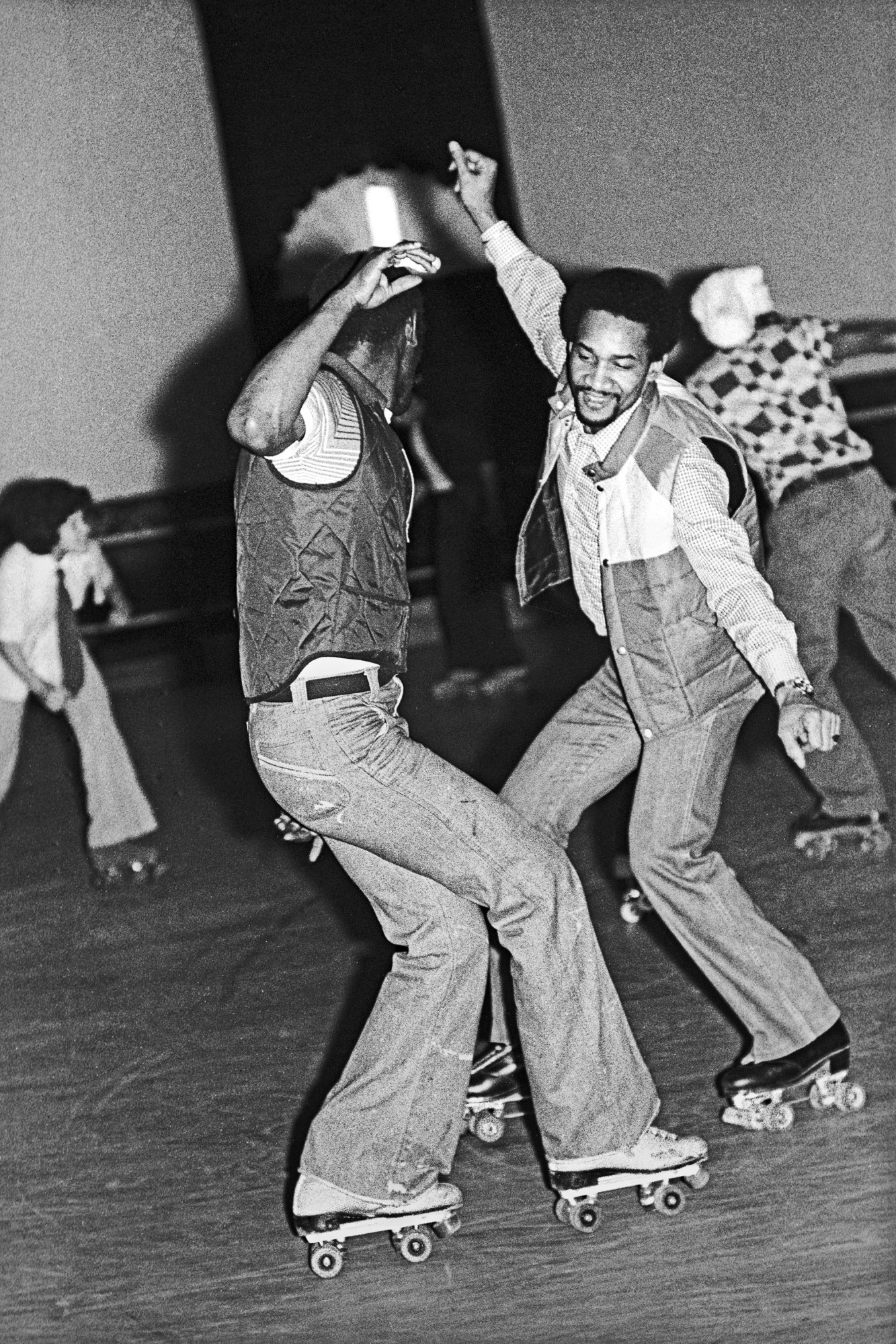


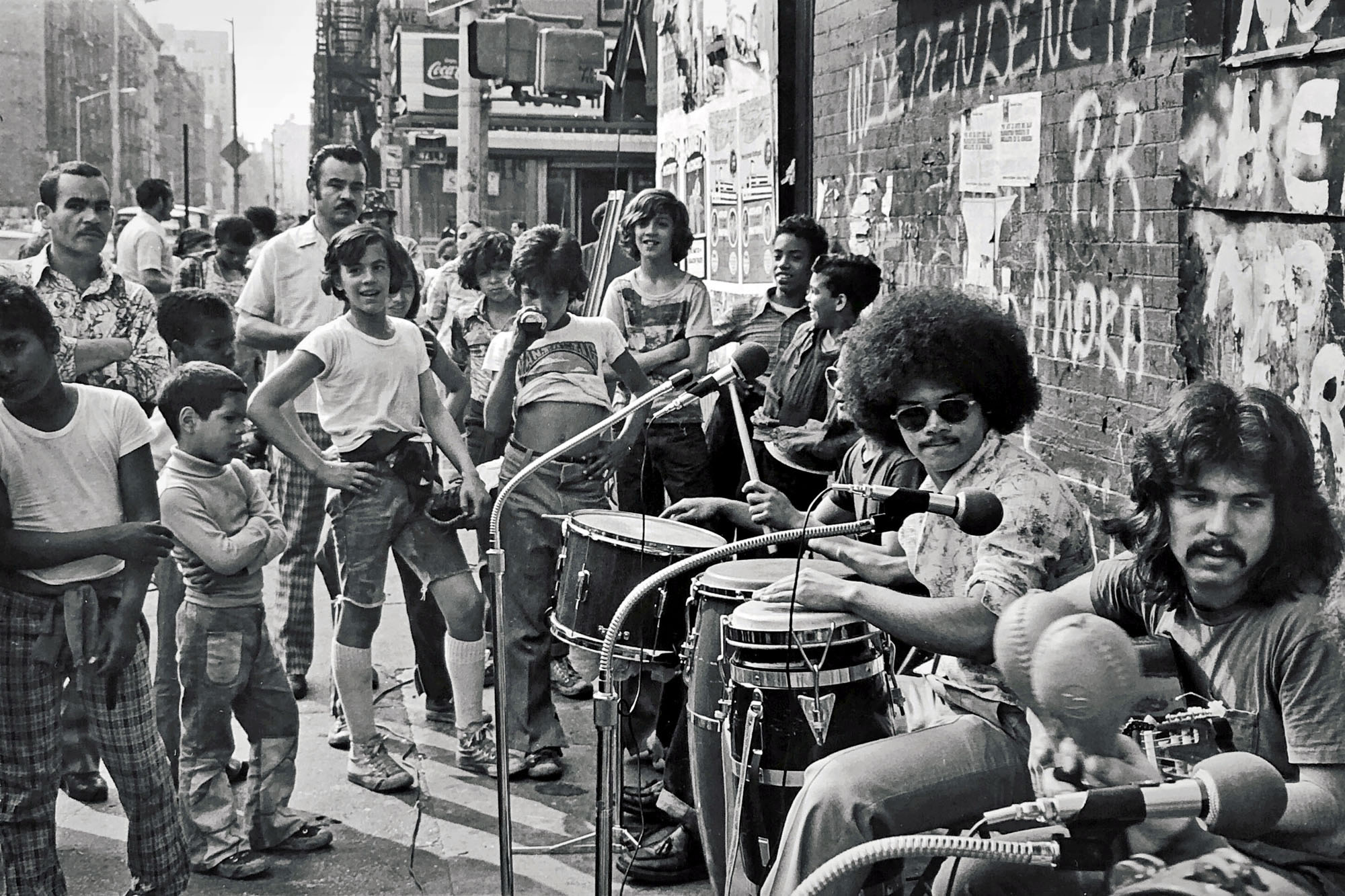
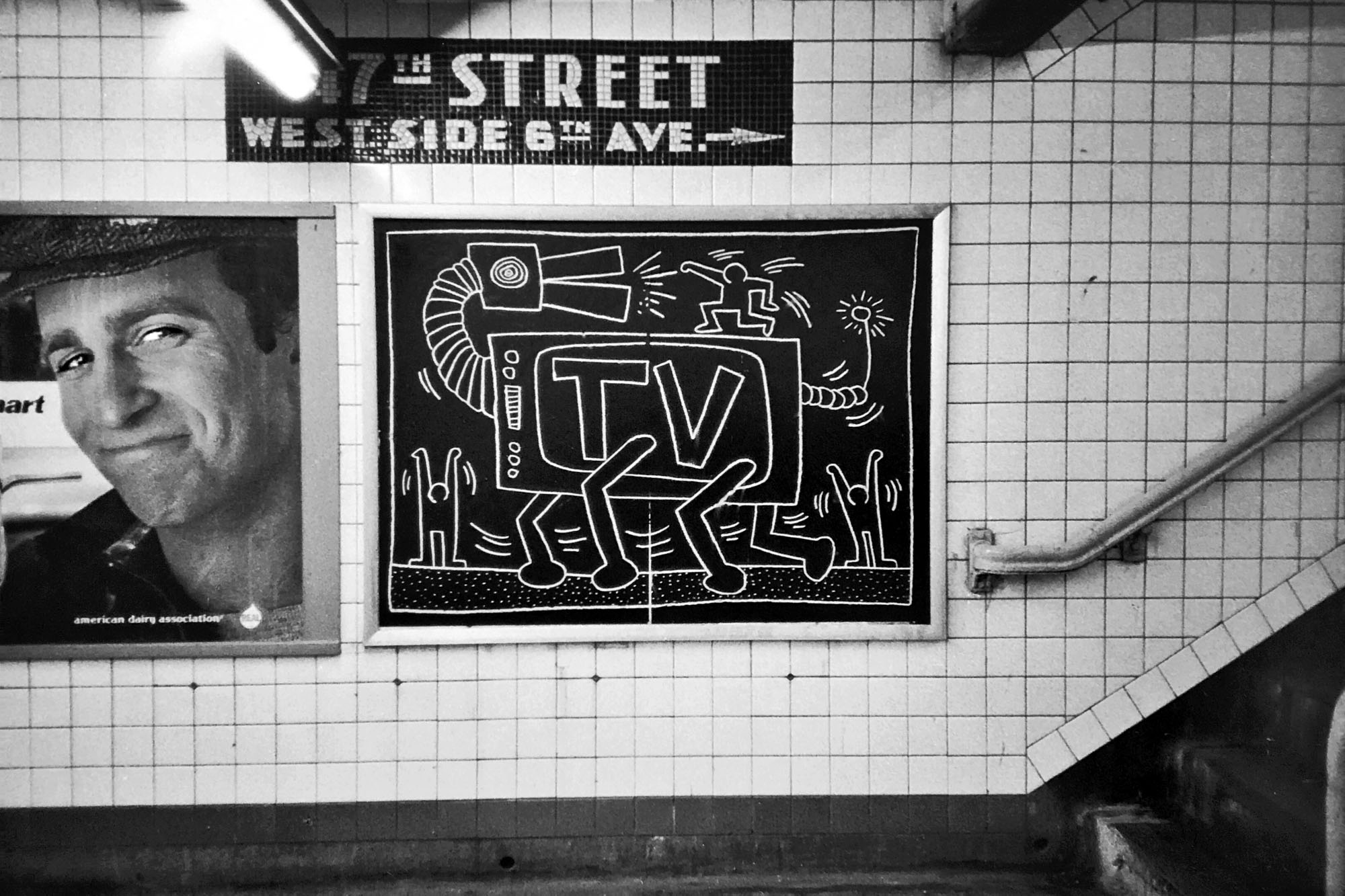
Credits
All images © Hazel Hankin

